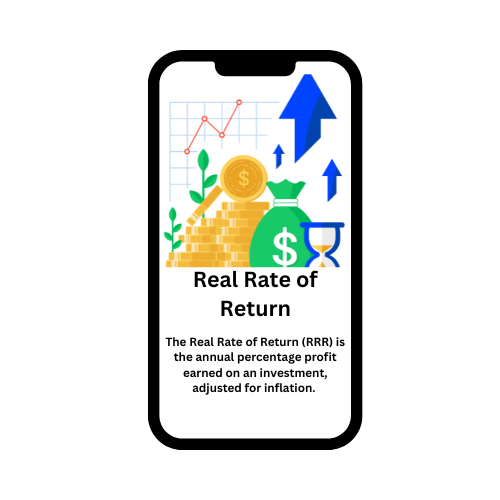Institutional investors and large brokerage firms mostly utilize algorithmic trading to reduce trading expenses. Algorithmic trading is especially helpful for high order sizes, accounting for up to 10% of global trading activity. Algorithmic trading has gained popularity among both retail and institutional traders in the 21st century. It is popular among investment banks, pension funds, mutual funds, and hedge funds that need to stretch out the execution of a larger order or execute deals that are too quick for human traders to react to.
Other institutions that use algorithmic trading include:
Investment funds
Pension funds
Credit unions
Investment banks
Insurance companies
Trusts
Prime brokers
Some examples of big institutions that use algorithm trading are Chicago Trading Company, Citadel LLC, Virtu Financial, Peet’s Coffee and Tea, Optiver, Two Sigma Securities, Knight Capital, IMC Financial, ISP group, DRW, and Jump Trading.
What are the algorithm trading strategies used by big institutions?
Algo trading strategies that most of the traders use include:
Pairs trading: Also known as pair trading, it is a market-neutral technique that allows traders to benefit from short-term differences in the relative value of close substitutes. The law of one price cannot ensure price convergence in pairs trading. This especially applies while using the technique on individual equities.
Arbitrage: This approach is used by institutional investors who want to profit from small market price differences when a security’s market price trades on two different exchanges. Three criteria must be satisfied for arbitrage to take place:
First, on all markets, similar assets should not trade at the same price.
Second, two assets with the same cash flows should not be purchased or sold simultaneously.
Finally, an asset with a known future charge should not be traded using that pricing.
Delta-neutral strategies: Delta-neutral refers to a portfolio of linked financial assets in which the portfolio value is unaffected by minor changes in the underlying security’s value. The positive and negative delta components of such a portfolio are generally offset, resulting in the portfolio’s value being relatively insensitive to changes in the value of the underlying investment.
Mean Reversion: Mean reversion is a mathematical approach for investing in stocks that may also be applied to other activities. It is the process of determining a stock’s trading range and then figuring the average price using analytical approaches pertaining to assets, earnings, and other factors.
Trend following: It is one of the most widely utilized algorithm-based trading methods. The goal of this strategy is to uncover patterns employed in the purchasing and selling process.
Scalping: This method is distinct from others. It is determined by the difference in bid and the security price. This approach will need a lot of money to deliver the expected outcomes. As a result of its complexity, it is handled by professionals. If you are new to investing, stay away from this approach until you have mastered the fundamentals of trade strategies.
Talking about how automated trading grew, Tom Debus, the Managing Partner for Cryptonomics Capital Ltd. has rightly pointed out that, “We have been expanding our automatic trading techniques in the crypto market over the past ten months to include more complicated signals. We can now adapt our algorithms to various market circumstances following successful backtesting and numerous iterations and modifications of the methods.”




